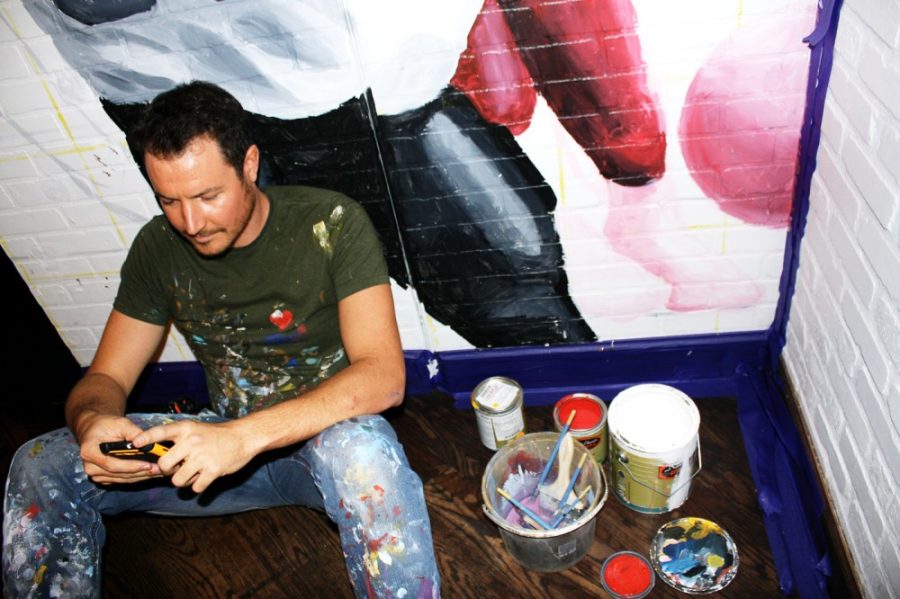Social media is changing the way UA alumni network and find employment opportunities in the art world.
Award-winning muralist Joe Pagac said that when he graduated from the UA he knew how to paint, but he didn’t know how to market his artwork.
“I literally just put an ad in a newspaper, and it was really slow building something up,” Pagac said.
Many artists struggle to find their niche when first breaking into the market, and the search for a job can be tedious.
By using social media tools, artists can greatly expand their job market. Artists are finding that when they display their work on social media, as the number of “likes” on their posts increase, so do the job offers.
Artists are networking with potential buyers and communicating with other artists by putting their work out on social media.
Pagac said that he joins Facebook groups because they allow him to connect with other artists.
“Facebook is really where everyone is going to get their invites and find out what’s going on,” Pagac said.
Social media acts as a place to share information about marketing techniques, and also helps to combat the idea that the public is searching for a certain genre of art.
Pagac uses FineArtAmerica.com, which allows him to sell pieces in a variety of forms, from stretched canvas to cell-phone covers.
Each artist is able to utilize these social media sites to promote their work and make it as consumer-friendly as possible.
Pagac said he uses these tools to help create art he believes many people will relate to, without compromising his vision for each individual piece.
Local artist Rawe Awenasty (pronounced “raw honesty”) said that he has found community through using social media outlets.
“You get in this spot where the artists look at one another and think, ‘We need each other and we need to help each other,’” Awenasty said. “To be able to connect more with those meaningful, compassionate talented individuals — social media really is beneficial for that.”
Awenasty said sharing on social media is also important to provide inspiration for those looking to become artists.
“These people are the reason why I’m here; it feels like it’s only partially my fault that I’m here. It seems like everybody just dug what I was doing,” Awenasty said.
It’s not always just about what the artists can do, but also about convincing the viewer of their skll.
“The best Social Media strategies avoid direct brand messages 90 [percent] of the time,” Wendy van Leuveren a UA alumna and social media marketing specialist, said in an email. “Which means that aesthetics will need to be conveyed by posting interesting, demographic-specific content. This may seem counterintuitive to those who are accustomed to more traditional marketing strategies, but artists can take advantage of this opportunity to more completely convey their perspectives.”
Leuveren also wrote that the connectivity social media offers is an opportunity for learning and growth, where she can ask friends about new ideas and get solutions to technical problems.
“I learn from and am inspired by my friends’ works every single day,” she wrote.
Awenasty said that social media has not only helped him learn from other artists, but has also changed the way he approaches the business side of the art world.
“As an artist, it is a business,” Awenasty said. “If you only know how to be a good artist … you’re going to be selling yourself short.”









